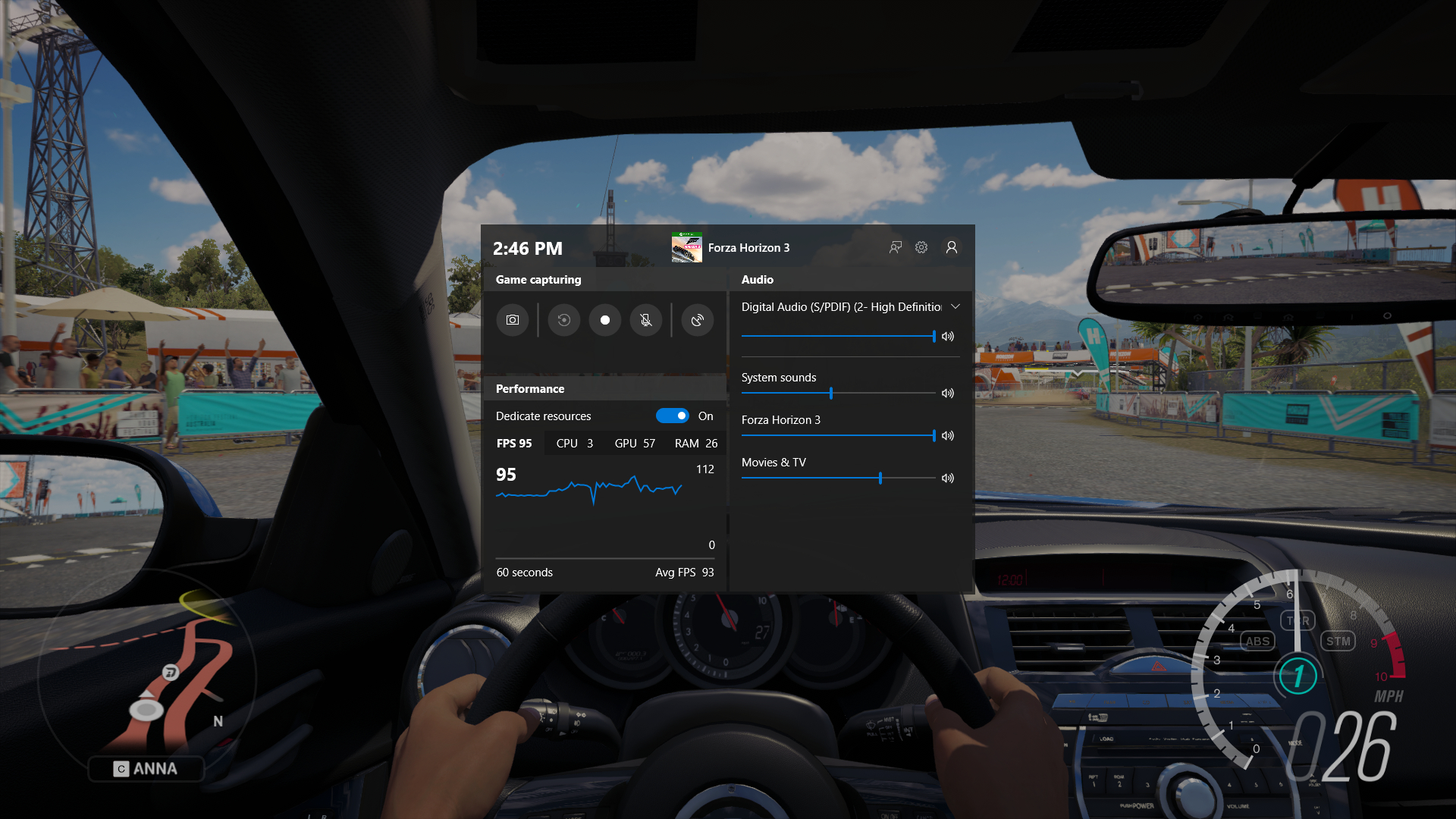New Windows 10 preview has some neat tweaks for gamers
Along with a major improvement for the touch keyboard

Another new preview build has emerged for Windows 10, and there are a whole host of changes in this fresh effort, including some improvements for gamers.
With build 17692 (Redstone 5), Microsoft has tweaked Game Mode to introduce some new options which it says should ‘improve the gaming experience on desktop PCs’, without being any more specific than that. Any kind of improvement when it comes to gaming performance will be most welcome, of course.
The software giant does clarify that those gamers who are running many background processes ‘may’ see performance improvements if they switch on Dedicate Resources in the Game bar, so testing that could certainly be worth a shot. Although shutting down some of those processes might be a sensible idea, anyway, if you want to get your PC running games more smoothly.
Speaking of the Game bar, that’s getting some new features, and it now gives you a visual illustration in the form of a graph which shows the game’s frame rate, and indeed your CPU or system memory usage, or GPU memory usage. The image at the top of this article shows the new interface running while playing Forza Horizon 3.
As you can see, there are also new audio controls, allowing you to change your audio output device and adjust the volume of games (or mute them) on the fly.
Turbo typing
The other major change here is that those who use the virtual keyboard with Windows 10 will find that it’s now powered by SwiftKey, at least in certain languages including UK and US English (plus French, German, Italian, Spanish, Russian and Portuguese – the latter being aimed at the Brazilian territory).
This allows you to ‘shape write’ on the touch keyboard – i.e. drag your finger over the letters in a continuous gesture without lifting your digit from the screen – with SwiftKey picking up what you’re typing, and applying predictions and auto-correct. The system is also driven by an AI which learns your writing style and the words you use the most, to help hone the accuracy of its predictive efforts.
Get daily insight, inspiration and deals in your inbox
Sign up for breaking news, reviews, opinion, top tech deals, and more.
You may have already experienced SwiftKey on Android and iOS mobiles, where it has been available for some time. It takes some acclimatization if you’re not used to writing by dragging your finger around, but it’s a nifty little feature that some find invaluable – although given that we're still in beta testing here, you can expect some wrinkles.
Another interesting move is that Windows 10’s search function has been fine-tuned to point to the official download pages for any Windows software that you’re looking to install.
Build 17692 also makes some Ease of Access improvements, including the ability to use a simple slider to ‘make everything bigger’ – in other words to increase the font size of text across the entire system, including desktop applications and UWP apps.
Narrator has received some useful attention, too, including the implementation of a new keyboard layout which Microsoft claims will be more familiar and easy to use for screen reader users.
There are a load of other minor changes here, and as ever you can see the full list of features – and known issues – over on Microsoft’s blog post about the new build.
Note that one item listed in the initial post didn’t actually make it to this build, but will be coming in the next preview – namely the ability to control whether or not videos autoplay in the Edge browser.
- Some of the best laptops of 2018 run Windows 10
Darren is a freelancer writing news and features for TechRadar (and occasionally T3) across a broad range of computing topics including CPUs, GPUs, various other hardware, VPNs, antivirus and more. He has written about tech for the best part of three decades, and writes books in his spare time (his debut novel - 'I Know What You Did Last Supper' - was published by Hachette UK in 2013).